In a bizarre accident, a Volkswagen Taigan overturned after crashing into a parked Tata Tiago. The accident was reported from Surat, Gujarat. It was an accident a long time ago, but I can understand how important the centre of gravity of a car is.
The video shows a Volkswagen Taigan crashing into a parked Tata Tiago on the shoulder of the road. The force turned the army on its side. The video shows Taigun resting on the roof while Tata Tiago is still standing.
Read also: LAND ROVER DISCOVERY DRIVER DRAGS MAN 3KM ON HOOD: POLICE RESCUED
Witnesses said a Volkswagen Taigan crashed into the Tata Tiago at high speed. A medium-sized SUV overturned due to a collision between Tata Tiago on the right rear and Taigan on the left front. No injuries have been reported in this incident. Everyone got out safely.
Why did it overturn?
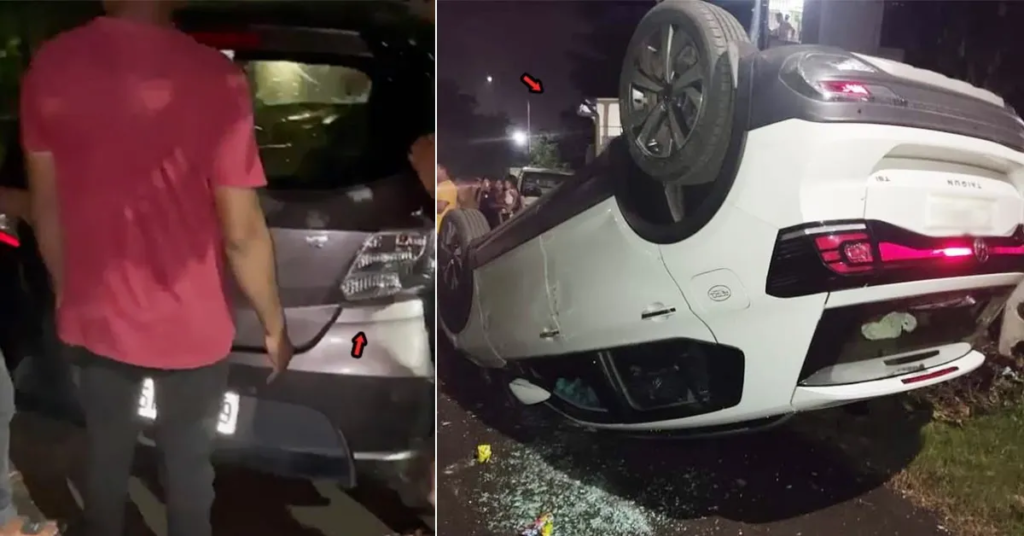
A fast car that collides at a certain angle can become very unstable and roll over, which may also be due to the SUV’s high centre of gravity. We have not investigated the scene of the accident, so we cannot be certain. Because of their top-heavy construction, SUVs have more ground clearance than standard hatchbacks and sedans, making them prone to overturning. Be especially careful when driving an SUV at high speed. High ground clearance moves the vehicle’s centre of gravity away from the road, making the SUV unstable. As a result, driving around high-speed corners in an SUV can be nerve-wracking, but in a low-rise vehicle like a sedan, it’s perfectly fine.
The high ground clearance of an SUV increases its tendency to tip over and tip over. So you have to be more careful when driving an SUV, especially when transitioning from a sedan.
Top-rated cars
Both vehicles are the safest cars in their respective segments. The Volkswagen Taigan earned its perfect 5-star rating in the Global NCAP test, while Tata his Tiago hatchback earned a 4-star rating.
According to Global NCAP safety ratings, the Tiago is the safest car in its segment, earning him four stars for underfoot and construction despite the shaky ratings.
Tata Motors has one of the best model ranges in India in terms of safety ratings. Tata Tiago and Tigor have a 4-star safety rating, and Tata Altroz and Tata Nexon have all 5-star safety ratings. The safety rating agency has yet to test other Tata vehicles such as the Harrier and Safari.
Taigun and Kushaq are tested under the new, more stringent global NCAP guidelines. For this reason, Taigan and Kushark are considered the safest cars on the market. Updated global NCAP crash test protocol evaluates both front and side impact protection for all models tested. Additionally, to achieve a full 5-star safety rating, the vehicle must undergo Electronic Stability Control (ESC), Pedestrian Protection, and Side Impact Protection ratings.
Both cars have an adult safety rating of 29.64 out of 34 and a child safety rating of 42 out of 49. With front airbags and ESC as standard equipment, both cars achieved top marks.
Global NCAP reports that both vehicles have good head and neck protection for drivers and passengers. The driver’s chest protection was adequate, but the passenger’s chest protection was good. The driver and passenger knee protection was also good.
What do you think about this? and share this with your friends & family, comment down below. 👇🏻
Follow us on social media
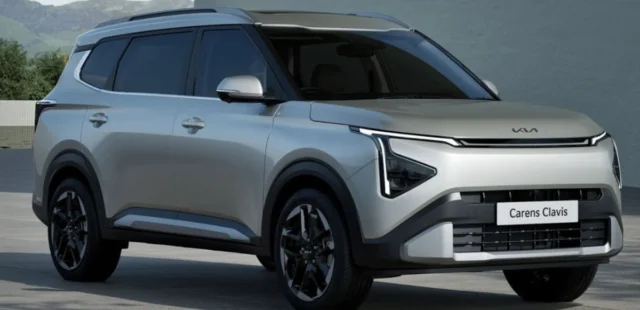




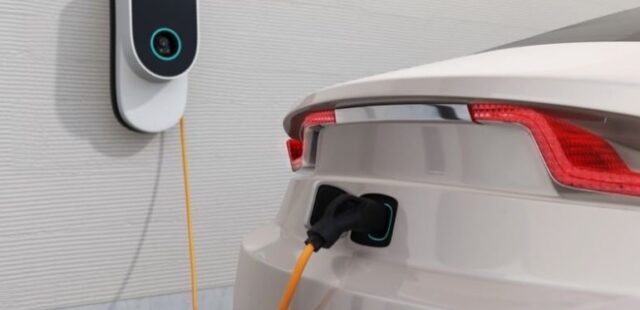
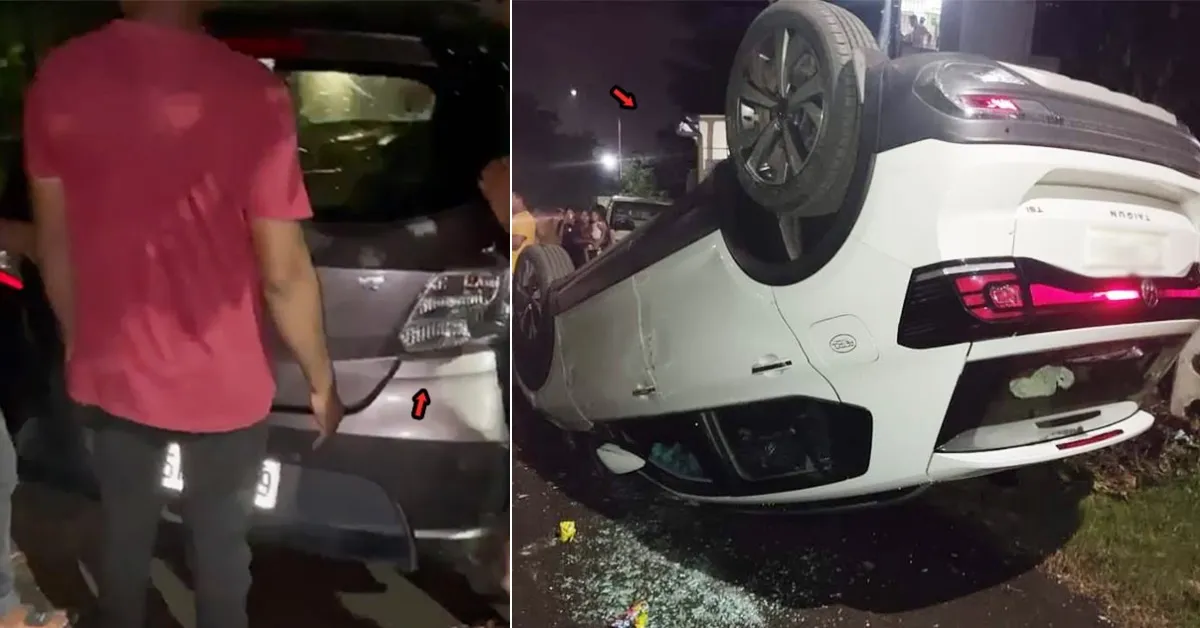
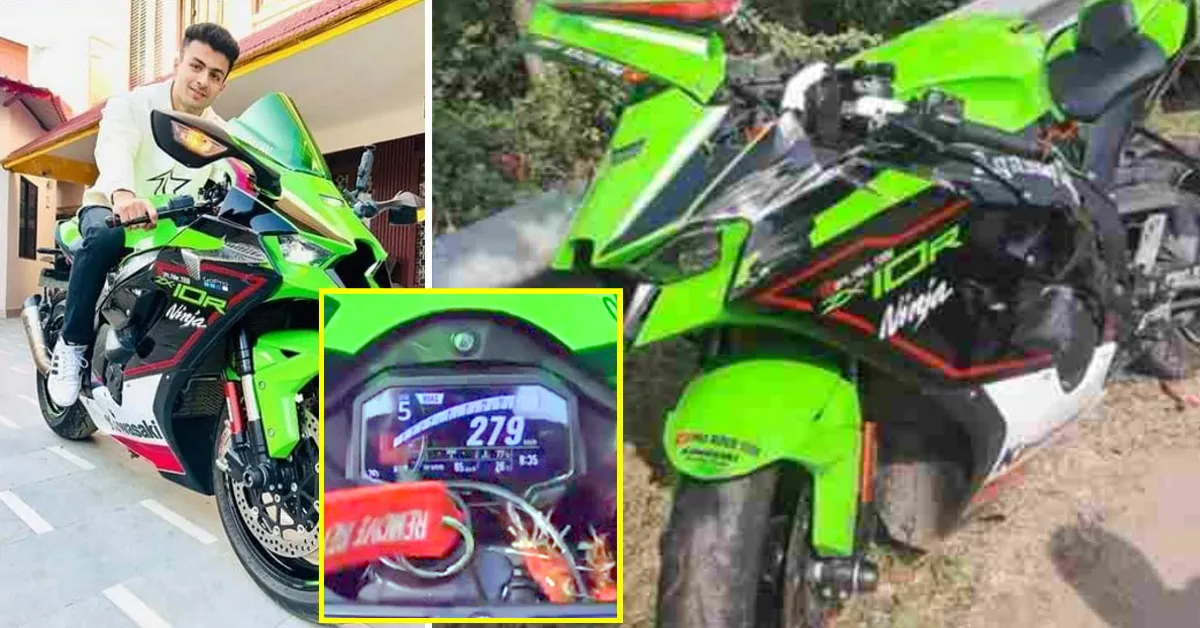
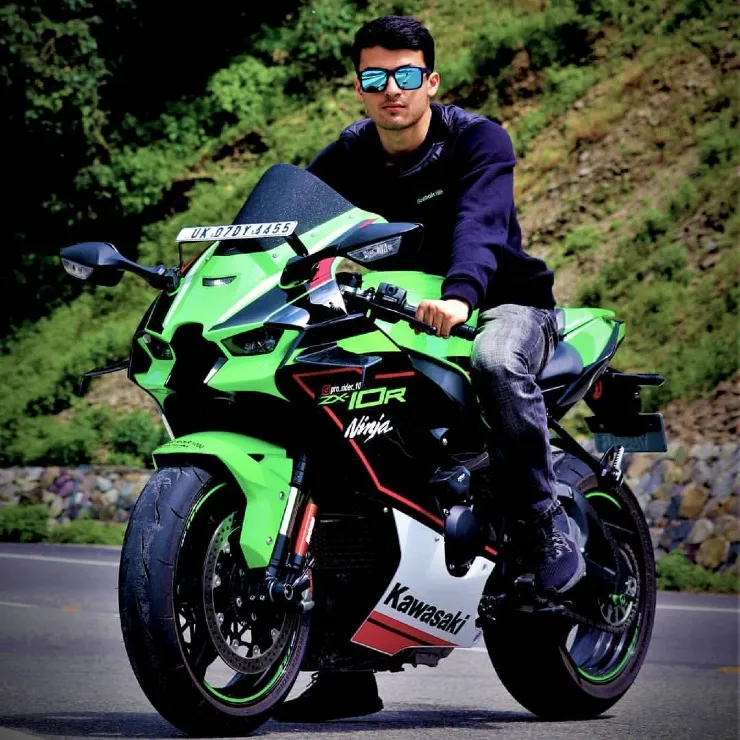
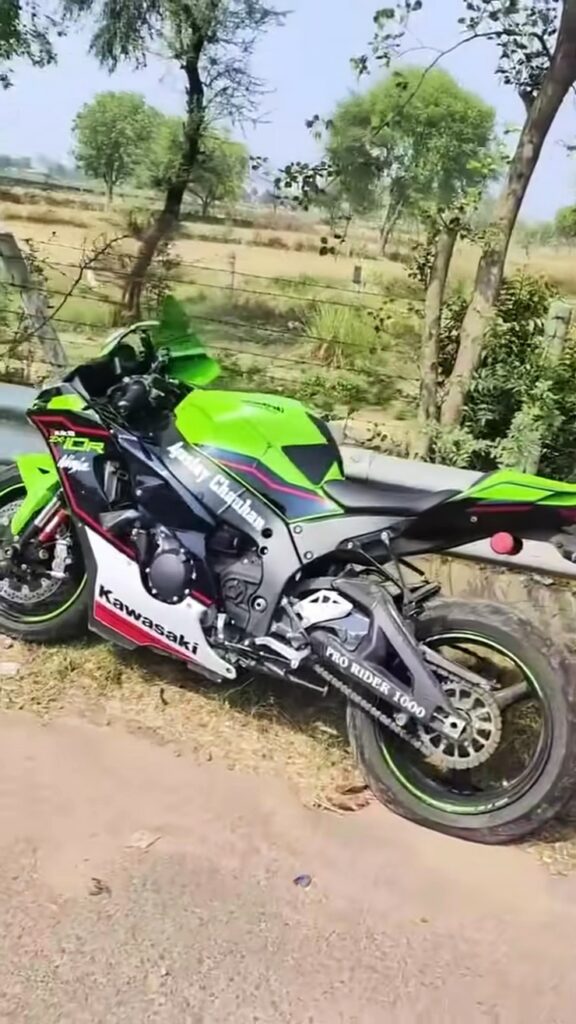
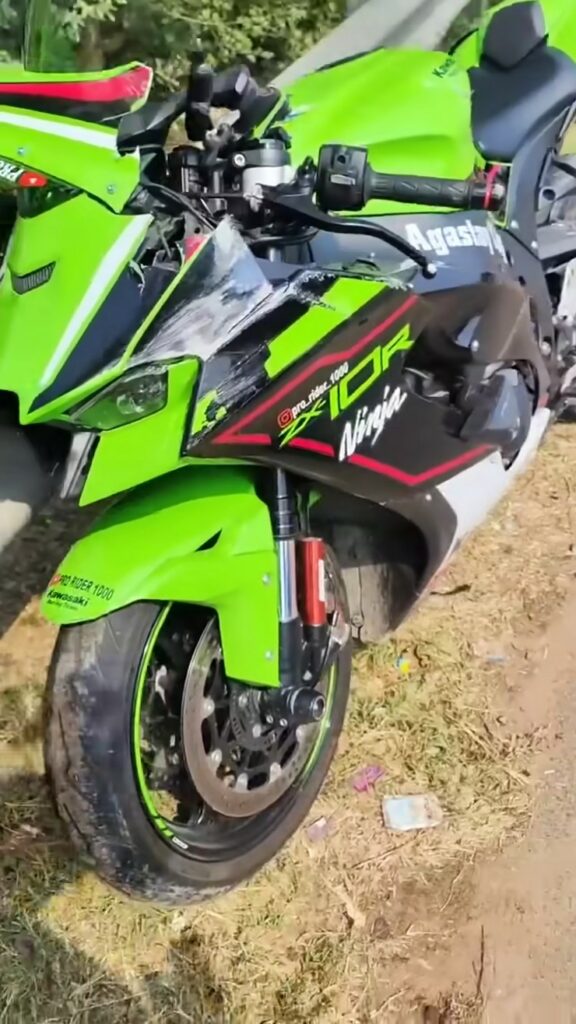
![Land Rover Discovery driver drags man 3km on hood: Police Rescued [Video]](https://autofystore.com/wp-content/uploads/2023/05/purepng.com-land-rover-range-rover-blue-carcarvehicletransportland-rover-961524659214ltn7v.png)
